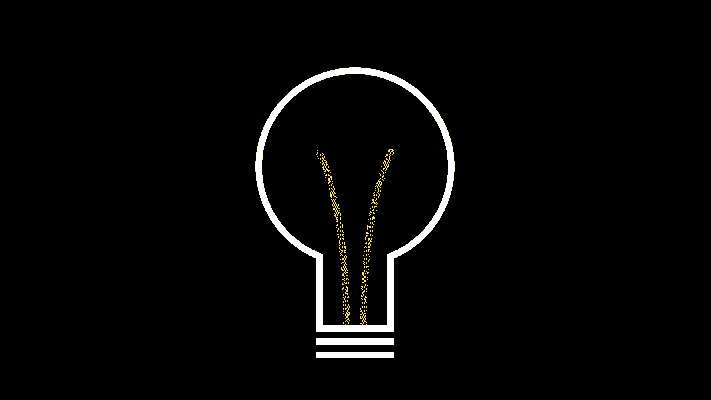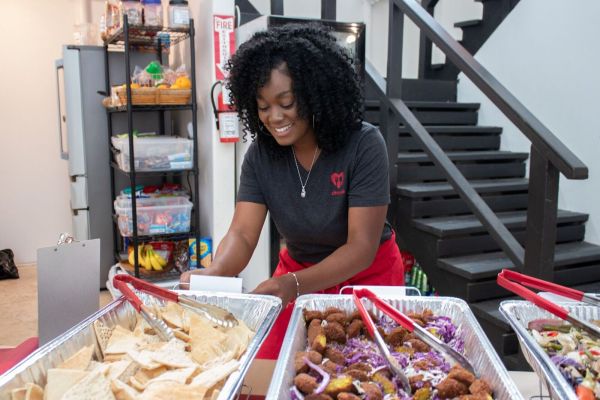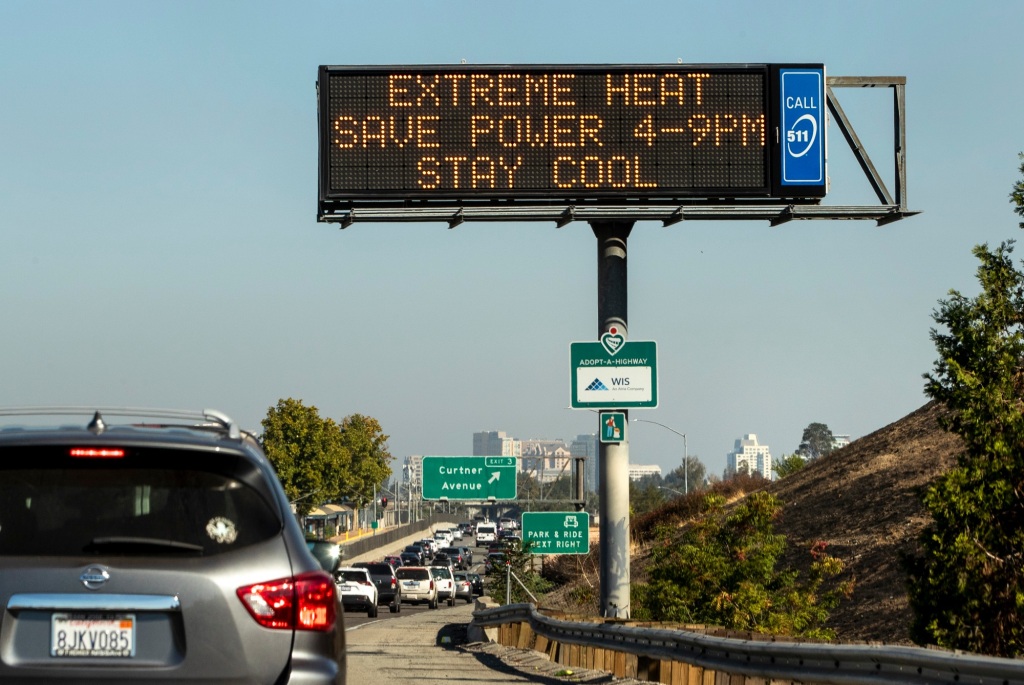Lucia, a six-year old, hides from Zoom calls and has rejected every edtech tool from Seesaw to Khan Academy. She will spend all of first grade in quarantine.
Her mother, Claire Díaz-Ortiz, says her daughter fits squarely into the “distance learning death zone.” The idea is that younger children are too young to do distance learning solo, even with tools meant to make it easier. Here’s one kindergartner’s remote fall class schedule:
“And unfortunately for my daughter, I’m a VC, not a Zoom mom,” Díaz-Ortiz said.
The impact of the distance learning death zone, as Díaz-Ortiz calls it, is one of the reasons why many wealthy families with young children are considering a new solution: learning pods.
Learning pods are small clusters of children within the same age range who are paired with a private instructor. Depending on a parent’s preferences, learning pods could be an in-home or virtual experience and be either a full-time school replacement or supplemental learning.
In recent weeks, the concept has taken off all across the country, from suburbs to cities. There’s a Facebook group for Boulder, Colorado school districts; organizers launched Pandemic Pod San Diego to “connect families looking for in-home, teacher-led learning groups.” Some households are offering teachers a retainer. Among working mom groupchats, pods are taking off as a sanity lifesaver, especially as childcare responsibilities fall disproportionately on women.
Startups are pivoting to keep up with the demand for private teachers. But because of high costs, only affluent families are able to form or join learning pods, which may limit the model’s ability to reach scale while extending the existing digital divide.










